Devastating wildfires and false autumn put UK wildlife in ‘uncharted territory’
Wildlife in crisis: As The Independent shines a spotlight on the challenges facing the UK, we speak to conservationists assessing the toll the heatwave has taken on animals and plants


A “false autumn” due to the heatwave and prolonged drought that is causing trees to lose their leaves, nuts to fall and berries to ripen early could leave animals with less to feed on heading into winter.
Wildlife experts have said the extreme weather recorded this summer will significantly increase pressure on vulnerable species and has already had a devastating impact on some ecosystems, particularly where freshwater habitats have dried up.
The effects of the extreme weather, made 10 times more likely by the human-driven climate crisis, are being felt up the food chain, with a huge array of species now at risk.
The RSPB’s Becca Smith told The Independent that, although it “might take a few months or years to really understand the impact” of the drought, the false autumn was “a really visible way that people can see what’s happening”.
She said: “It’s a stress response from plants – the heat means they lose their leaves and the acorns fall, and blackberries are ripening early.
“Nuts and berries in trees and hedges are foods for birds in the autumn traditionally, but they’re available now, so birds are flocking to them, which means later in the autumn and winter there will potentially be a scarcity of food.”
Have you seen severe impacts on wildlife due to drought in the UK? If so email: harry.cockburn@independent.co.uk
The full extent of the impact of the record heat and drought on Britain’s wildlife is difficult to determine yet, but experts have said the scale of this year’s extreme weather means we are now “in uncharted territory”.
Already the toll is evident in some areas.
The Wildlife Trusts director for climate action, Kathryn Brown, told The Independent that what the 46 local trusts across the country had seen so far was “incredibly concerning”.
She said: “Most of the really serious impacts we’re seeing are on freshwater. Ponds have completely dried out in places all over the country, as far north as Northumberland.
“Of course, all the invertebrate life in those ponds – unless it can leave – dies. And all of the wildlife that can’t fly off or crawl away will have died.
“Freshwater beetles, fish such as brown trout, frogs and dragonflies have been really suffering – as well as all the freshwater wildlife, all the animals that feed on them too. We’ve seen that birds such as house martins and swifts, which feed on flying insects, have been badly affected.”
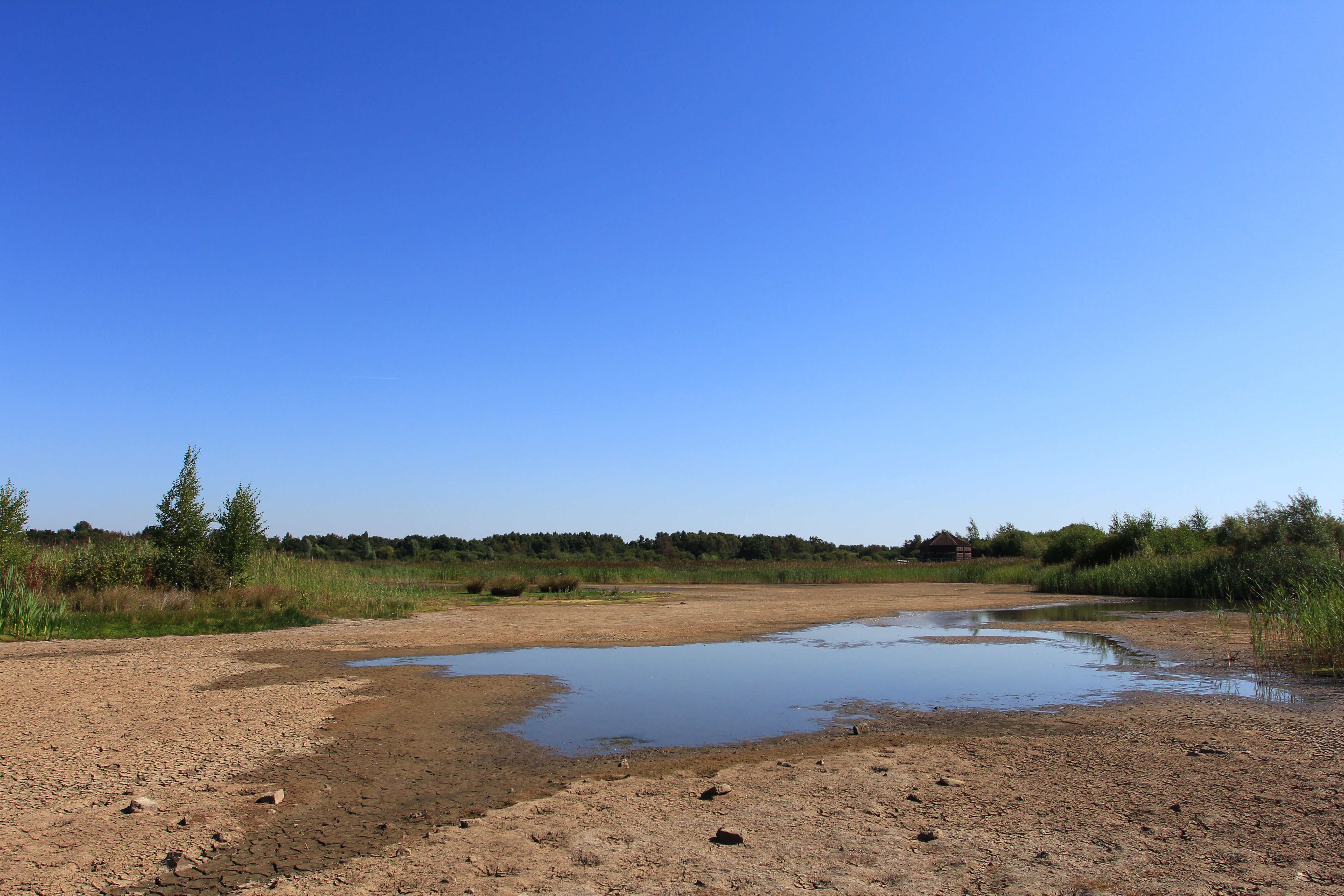
Ms Brown added that there had been a “big influx” of hedgehogs being brought to rescue centres, with numbers “into the hundreds”, because they had been unable to access water and soil-dwelling invertebrates through the rock-hard ground.
Speaking about the impacts on trees, Ms Brown pointed out that species including birch had been dropping their leaves due to stress caused by the lack of water. That had caused some of the trees to grow their leaves back, resulting in “a false spring happening”.
“The timing is completely chaotic,” she said. “It’s going to have ramifications for wildlife finding food – but are those trees going to be able to survive the winter and be able to rest themselves for next spring?
“It’s incredibly concerning because we just don’t know what the impacts are going to be. We’re really in uncharted territory.”
The drought has highlighted how humans utilise natural resources and how vulnerable we are when water supplies we take for granted run dry.
Beyond hosepipe bans, the drought has worsened water quality in the UK’s contaminated water courses, resulting in record fish deaths. Farmers are reporting significant crop losses, while environment experts are simultaneously warning that agricultural demands are placing strain on water availability.
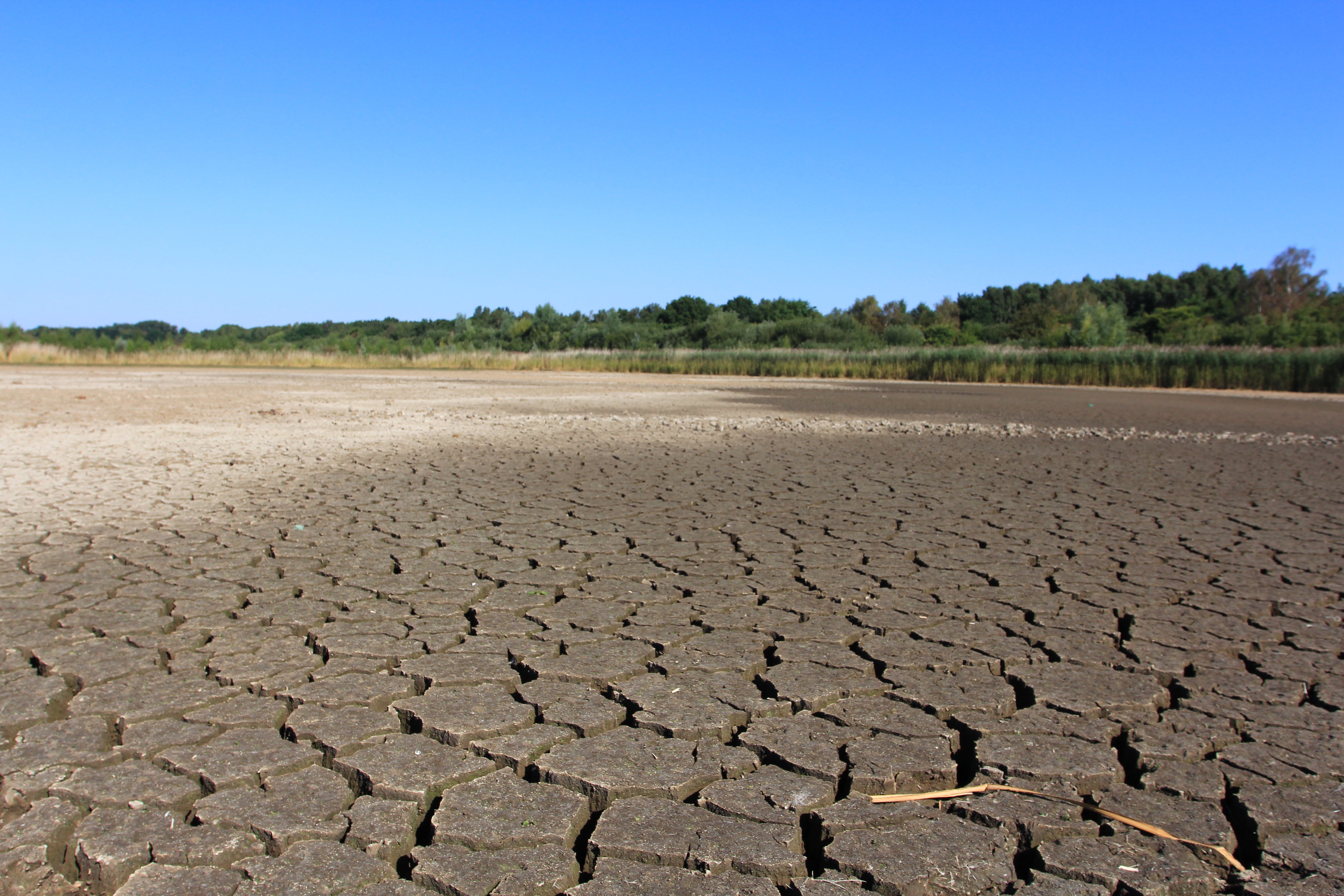
Paul De Ornellas, the WWF’s chief adviser on wildlife, told The Independent the conditions being experienced across the country “are having a serious impact on wildlife, placing many species under considerable stress”.
He said: “With many of our rivers and streams running low or dry, existing pressures from abstraction and pollution are being magnified, and wildlife such as fish, invertebrates and amphibians are being lost.
“Pollinators such as bumblebees, already under threat from habitat loss driven by the intensification of agriculture, are also struggling to adapt to warmer temperatures.”
The late summer temperatures could also cause some species of birds to push for a second brood of chicks, but a lack of food heading into winter could have deadly consequences, the RSPB’s Ms Smith said.
She said people had phoned the RSPB over the summer reporting that house martin nests, made of mud, had dried up so much during the heatwave they had fallen down. The species is already red-listed (meaning it is a threatened species), so the weather “is compounding an already existing issue because they’re already in decline”.
Wildfire had caused “particularly devastating” habitat loss, especially affecting the willow tit, the UK’s most threatened resident bird, Ms Smith said.
“They are quite picky about their habitat, so they need specialist restoration of that – they’ve lost more than half of what habitat they still had in the 1970s.”
One wildfire this summer destroyed 16 hectares of restored habitat in West Yorkshire, which “has pushed us back about 30 years in terms of restoration work” for this species.
“It’s devastating,” she said.
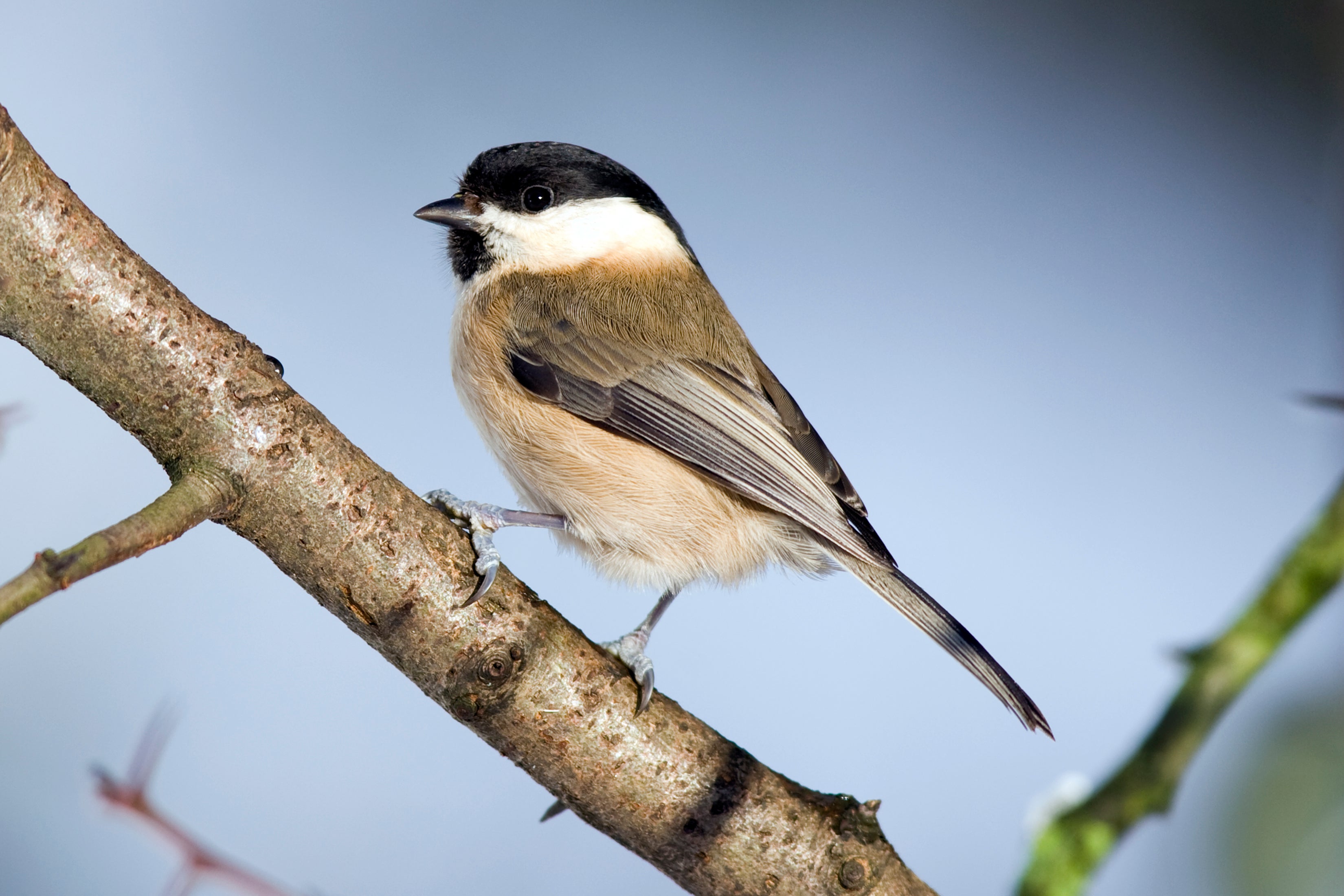
One reason why the UK’s wildlife is so vulnerable to extreme weather is the magnitude of the long-term losses inflicted on the environment in almost every part of the country.
Plenty of other countries have experienced more severe heatwaves than the UK in recent years, but a relentless campaign of human maltreatment of the environment in Britain means wildlife has already been in crisis here for centuries. The record temperatures are merely the tip of the iceberg when it comes to the pressures the natural world is under.
Birds, insects, mammals, aquatic life, plants, fungi and all the profound and convoluted relationships they weave between one another have been pushed out, carved up and abandoned to the fringes of our island.
Agricultural sprawl has turned heathlands, forests and wetlands into practically lifeless monocultures.
The contamination of industry and farming has poisoned the air, our watercourses and ecosystems. Once-forested uplands in areas such as the Scottish Highlands, central and northern Wales and national parks such as the Lake District, the Yorkshire Dales, Dartmoor and the Peak District are now almost entirely devoid of trees – barring forestry plantations – and remain heavily overgrazed, largely by sheep and deer.
In recent centuries, high levels of hunting wiped out our larger animals and, even today, staggeringly large numbers of species are routinely persecuted as “pests”.
Relatively recently, red squirrels, wildcats, beavers, wolves and bears would have inhabited significant wildernesses, including large forested areas.
But the move towards industrialisation and landscape-dominating farms – while bringing numerous benefits to humans – has come at a high price for almost all other species.
In the early 21st century, as the impacts of the climate crisis are felt globally, the natural world in Britain is in a deeply bleak position, with the country recognised as one of the most nature-depleted corners of the entire planet.
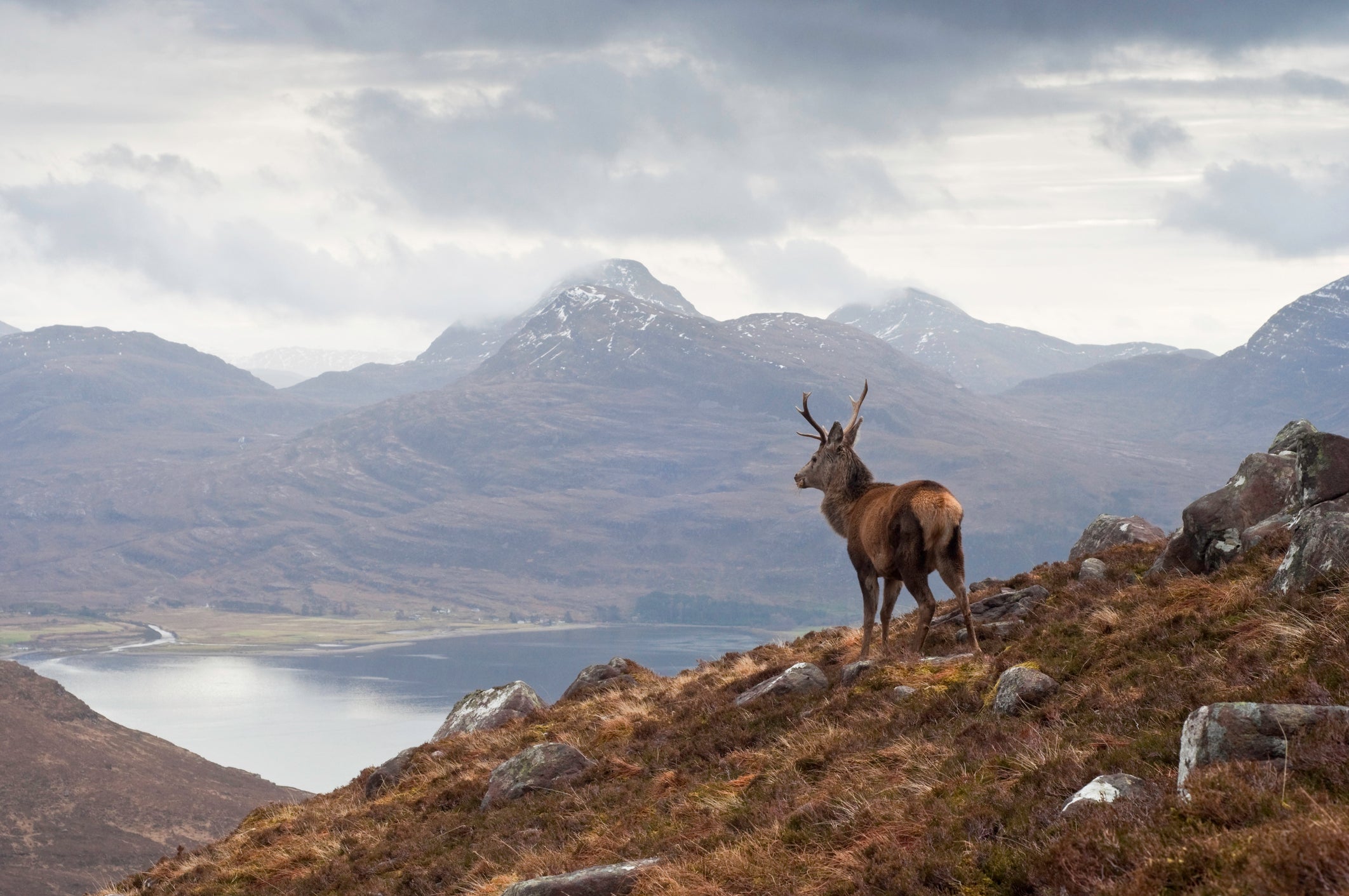
An analysis by experts at the Natural History Museum in 2020 concluded that “the UK has led the world in destroying the natural environment”, with human impacts – particularly from farming and transport – reducing wildlife “to a point hardly seen elsewhere”.
This was the point we were at before the UK’s “unprecedented” heatwave this summer, which saw temperatures top 40C for the first time, and which has been followed by the long, brutal period of drought, which is still under way and could last into next year, the Environment Agency has warned.
Things are not getting better. This week, the WWF warned that “the way we produce food is the number-one cause of biodiversity loss”.
Meanwhile, with little concerted action under way to rein in fossil fuels in Britain – and plans under Liz Truss’s administration to embark on new fracking and North Sea gas and oil projects – the climate crisis means the already precarious future for wildlife in this country is likely to become graver still.
“Even marine species are impacted,” the WWF’s Mr De Ornellas said, “with warming seas compounding the effects of overfishing to threaten the food supply for many of our seabirds, including puffins.
“All over the world, climate change is making extreme weather events, such as heatwaves, wildfires, floods and droughts, both more frequent and more intense. Nature is crying out for help, yet it can also be our biggest ally in the fight against climate change. We can bring our world back to life, but only if we act quickly to protect and restore nature, slash emissions and boost investment in renewable energy.”
Join our commenting forum
Join thought-provoking conversations, follow other Independent readers and see their replies
Comments


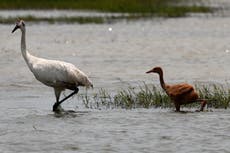
Bookmark popover
Removed from bookmarks